The high art of scams: 9 of the loudest scandals about fakes of world masterpieces
Categories: Culture | Exhibition | Society
By Pictolic https://pictolic.com/article/the-high-art-of-scams-9-of-the-loudest-scandals-about-fakes-of-world-masterpieces.htmlPerhaps there is no masterpiece in art that they would not try to repeat. Legendary works have been forged at all times. Some — to have a sample of high art in their home, and others - to earn a lot of money from it. Scandalous stories about falsifications of paintings by famous artists have always caused a great public outcry. We will tell you about the most notorious frauds with forgeries of world masterpieces of painting and sculpture.
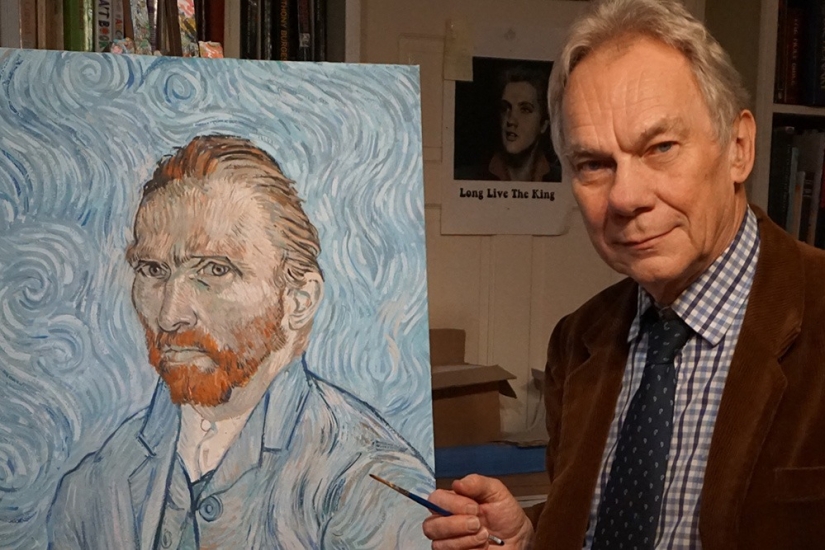
The world society can still enjoy the contemplation of such famous masterpieces as Leonardo da Vinci's Mona Lisa and Vincent Van Gogh's Starry Night. But while some admire high art, others are trying to make money on it. Fraudsters have been forging paintings and sculptures for centuries, receiving fabulous money for skillfully executed fakes.
Here are the most high-profile stories of falsifications of works by famous artists.
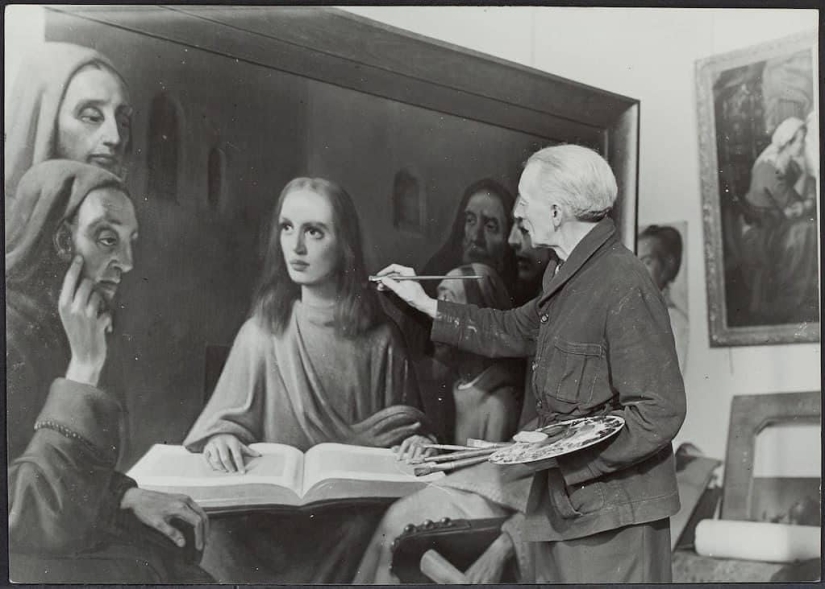
In the 40s of the last century, the Dutch artist Han Van Meergeren (Han Van Meergeren) fooled the whole world of art. He sold paintings by Jan Vermeer, claiming they were originals. In fact, a cunning forger gave reproductions the appearance of authentic paintings by baking them in the oven.

Van Meegeren forged paintings so skillfully that he even deceived one of the main German Nazis — Hermann Goering. They say that the Dutchman earned about $ 30 million on his scam.
The masters of forgeries were brought to light only in 1945. In 1947, he was sentenced to a year in prison. Megeren died two months later, having not had time to spend a single day behind bars.
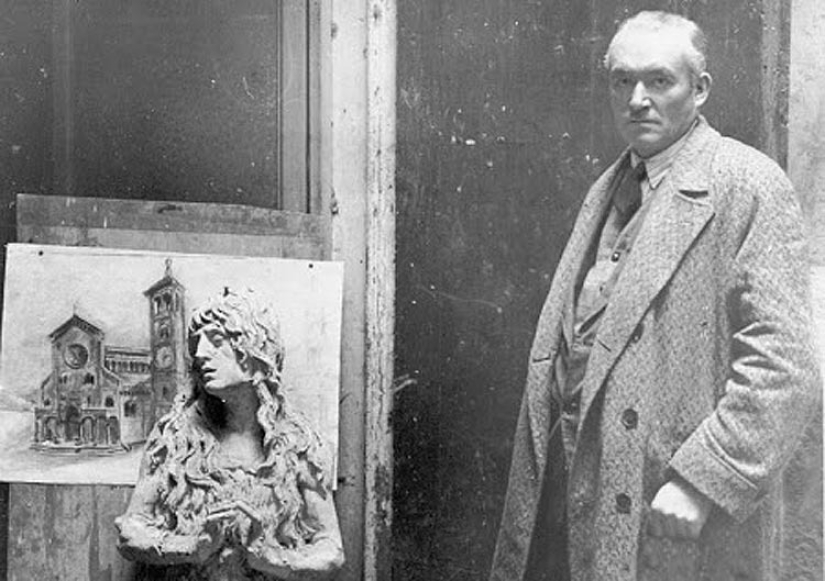
Alceo Dossena (Aleco Dossena) was a famous sculptor of the 20th century. He managed to deceive museums and art lovers around the world by sculpting copies of ancient sarcophagi and statues.
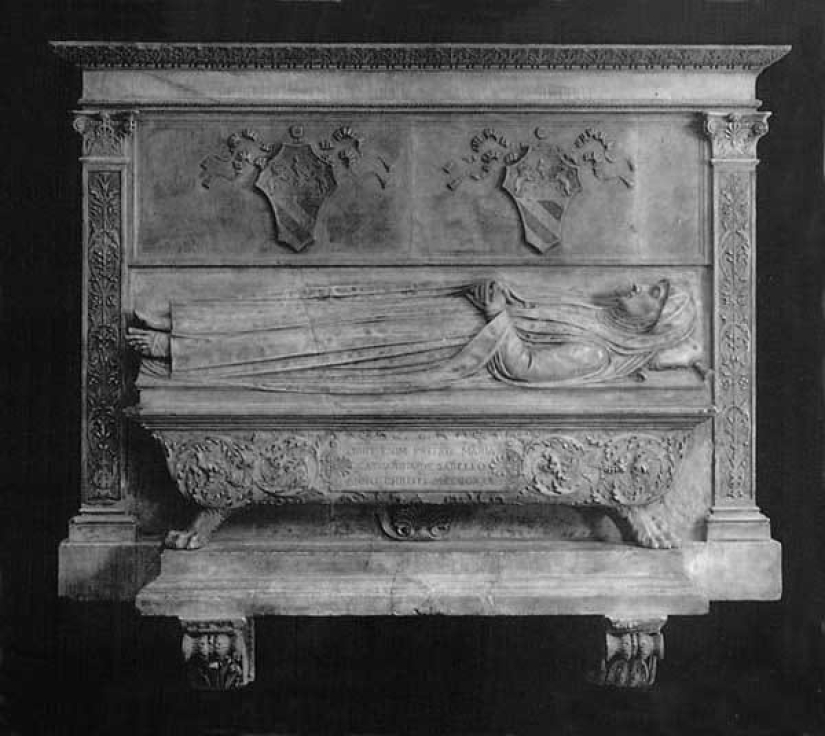
One of the most scandalous fakes was a relief tomb, which was allegedly created by Mino da Fiesole, a famous Florentine sculptor of the 15th century. She even found herself on display at the Boston Museum of Fine Arts. The owners of the museum paid Dossena $ 100,000 (about 7.3 million rubles) for the fake.
Later, the genius of forgeries quarreled with his dealers, who appropriated almost all of his income, and sued them. During the trial, he confessed to his scams. However, the Boston Museum refused to believe that the tomb was fake. Experts made sure of this only when Dossena showed photos of the process of working on the fake.
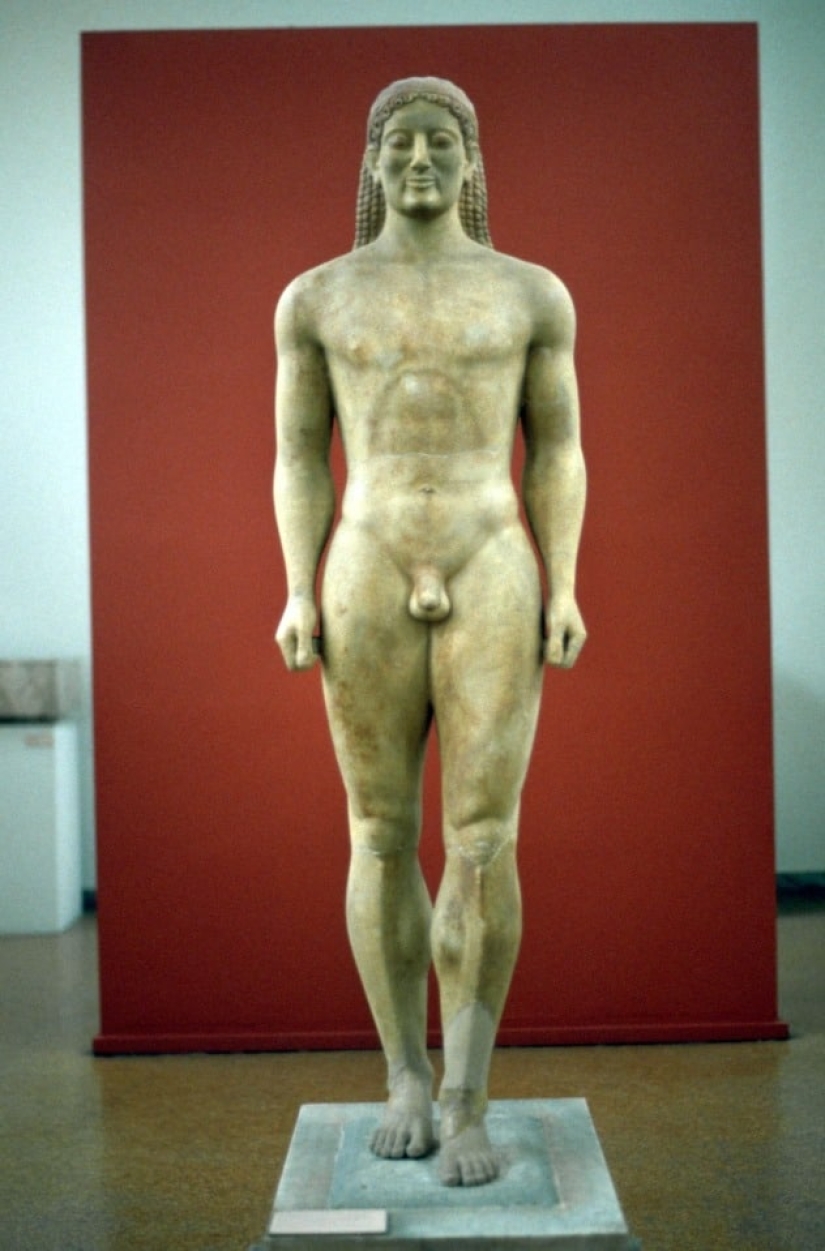
It is said that numerous fakes made by Dossena are still walking through auctions and collections of art connoisseurs. Most of them are still considered originals.

One of the most famous portraits of William Shakespeare turned out to be fake. The truth was revealed in 2005, when the canvas was illuminated with X-rays.
It was believed that the image of the legendary playwright was written in 1609. Experts at the National Portrait Gallery in London found that the paints used to paint the portrait were made in the 19th century, that is, 200 years after the poet's death. They assumed that the painting was painted in the period 1818-1840, when there was a wave of interest in Shakespeare's plays.
The analysis showed that there is chrome yellow paint on the portrait, first made in 1814. X-ray examination confirmed the doubts of experts and allowed to accurately determine the time of creation of the portrait.
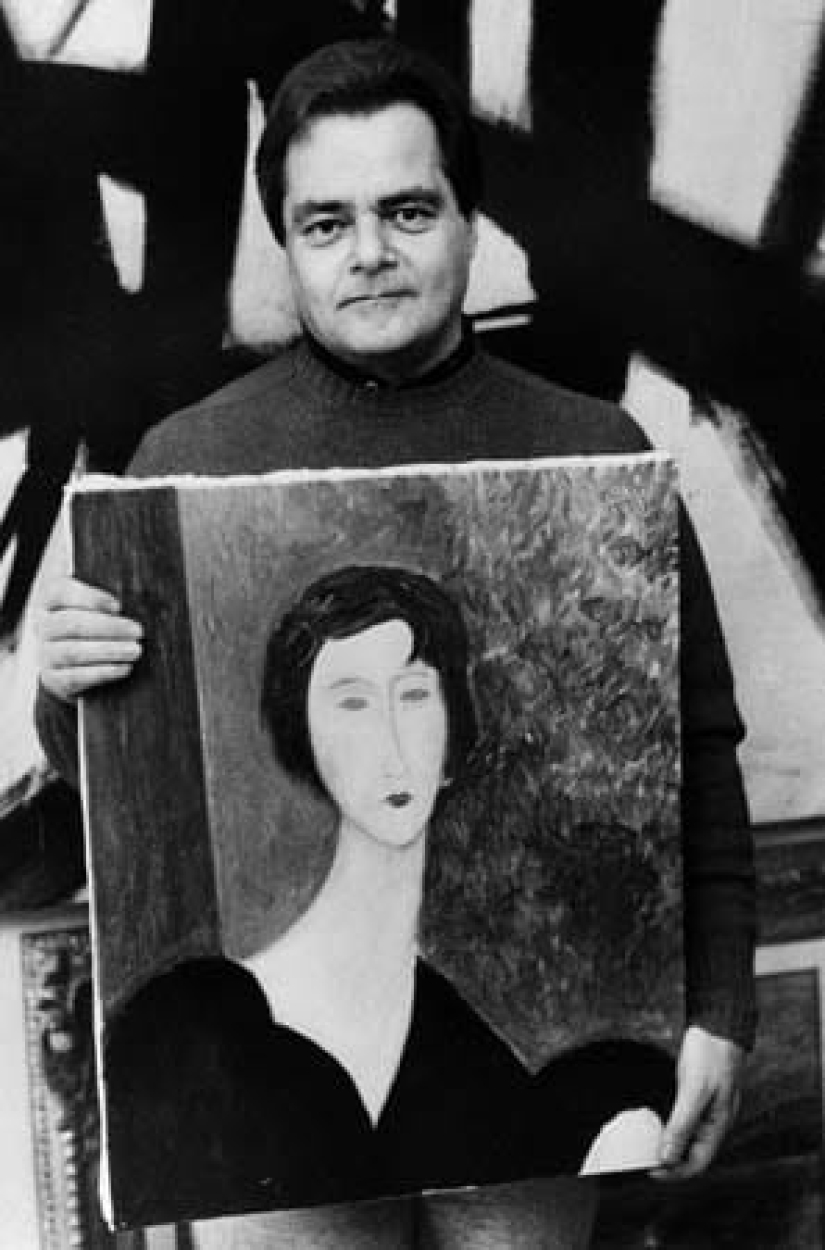
In the 1960s, a young art dealer from New York, David Stein, sold three watercolor drawings that, according to him, belonged to the Russian artist Marc Chagall. In fact, the American drew them with his own hand. He even forged documents confirming the originality of the watercolors.
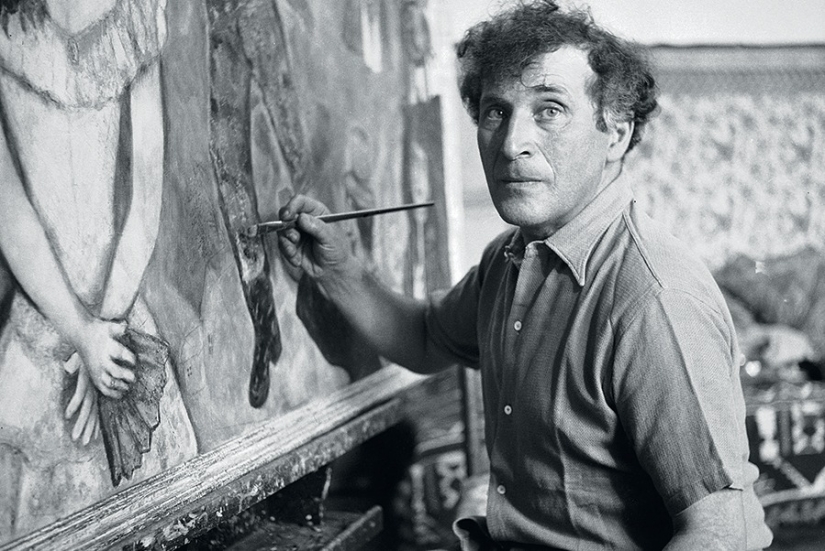
No one would have found out about Stein's deception if it hadn't been for the will of chance. One day Marc Chagall personally met with a man who bought watercolors from a forger. Looking at the drawings, he immediately said that he had nothing to do with them.
David Stein spent several years in prison for fraud, and then was released and continued his career, later becoming a successful artist.
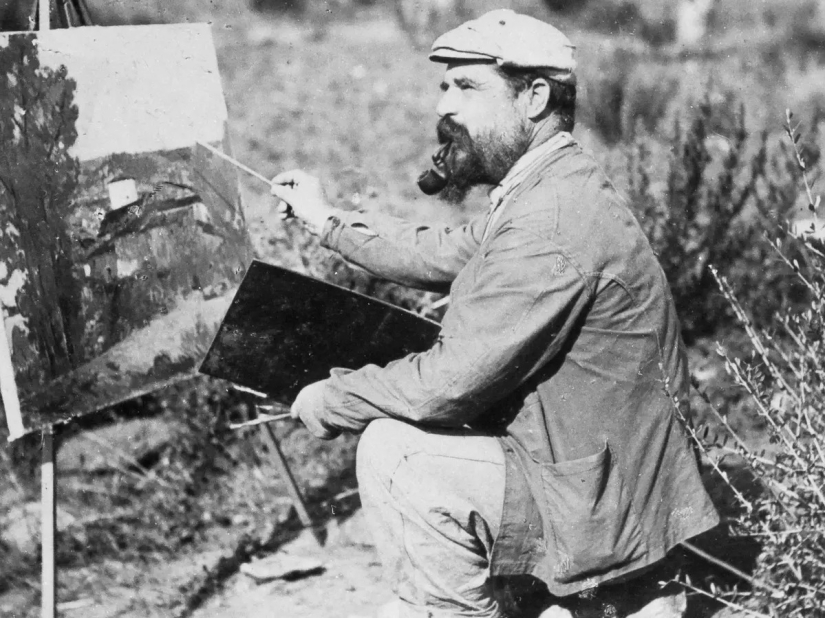
In 2018, an art critic of the French Terrus Museum in Elna noticed that one of the works, allegedly belonging to the brush of the painter Etienne Teruus, was painted after his death in 1922. Experts examined the picture and confirmed that it was fake.
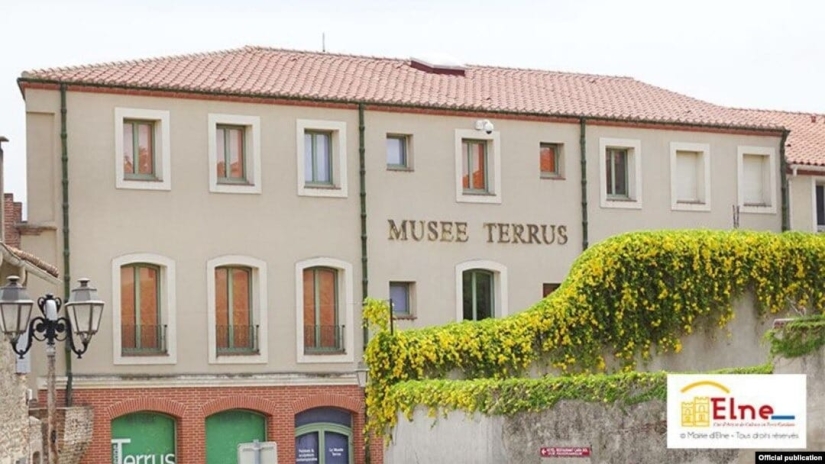
Moreover, it turned out that the museum contains more than one fake. 82 canvases out of 140 were not created by Terrus. It was rumored that the owners of the museum bought most of the paintings at a reduced price, and some of them even received as a gift.
Later, the gallery conducted an internal investigation. The police tried to find the source of the receipt of fakes, but they failed to get to the truth.

The famous forger John Myatt earned more than 165,000 pounds (about 16.3 million rubles) by selling fake paintings until he was arrested. The artist imitated the technique of legendary painters, including Marc Chagall and Henri Matisse, and sold fakes to museums and collectors.
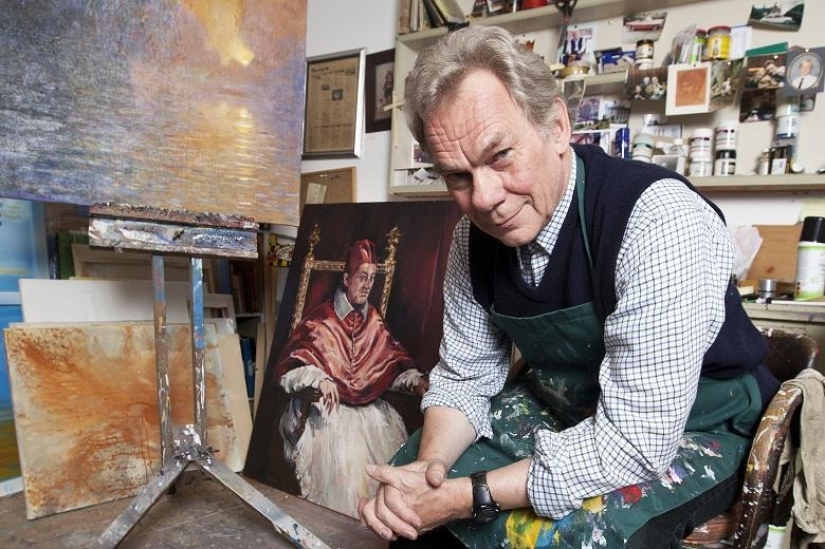
Myatt received a scholarship to open his own art studio, but his work did not bring the desired income. Then he came up with the idea to create "ingenious fakes". The Briton teamed up with a professional fraudster John Drew (John Drewe).
Myatt went all out and forged more than two hundred canvases until he was arrested in 1995. The British forger artist was sentenced to a year in prison, but was released four months later. After his release from prison, he continued his business, selling copies of famous paintings, but honestly declaring it.
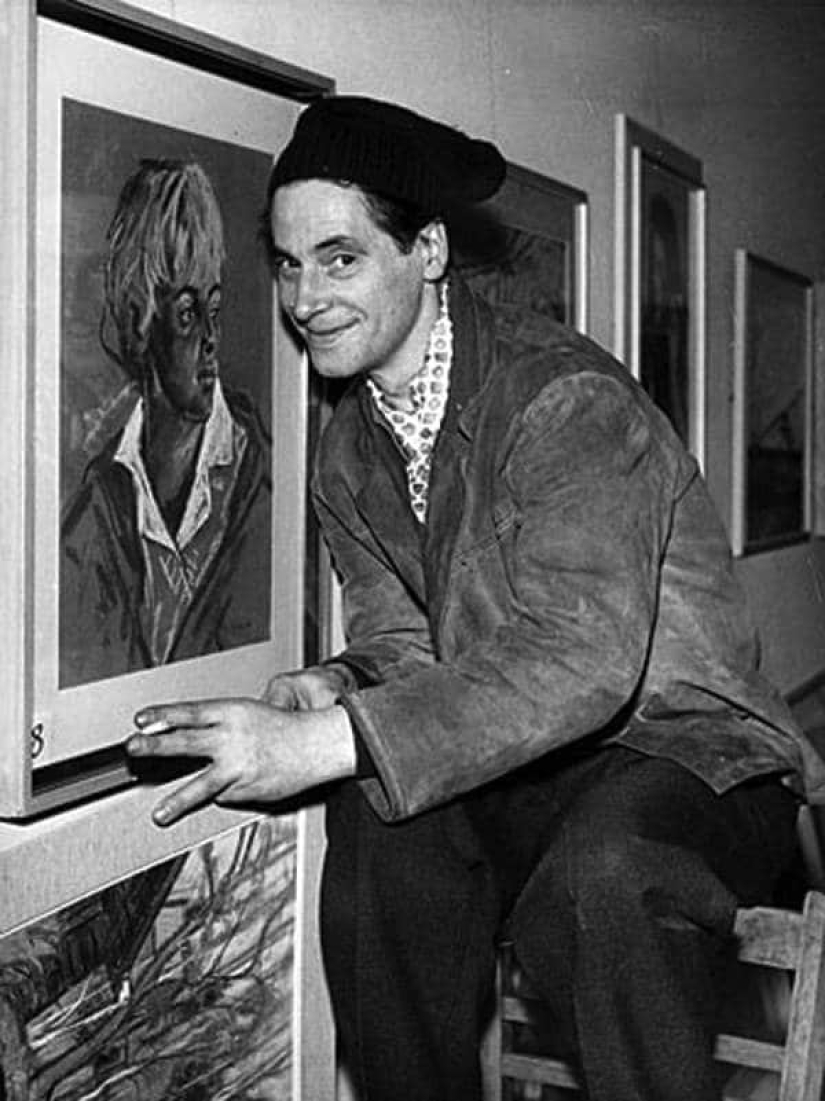
The artist Lothar Malskat was hired to restore medieval wall paintings in Germany during World War II. When the master arrived at the place and saw the ruined state of the paintings, he decided to draw them himself.
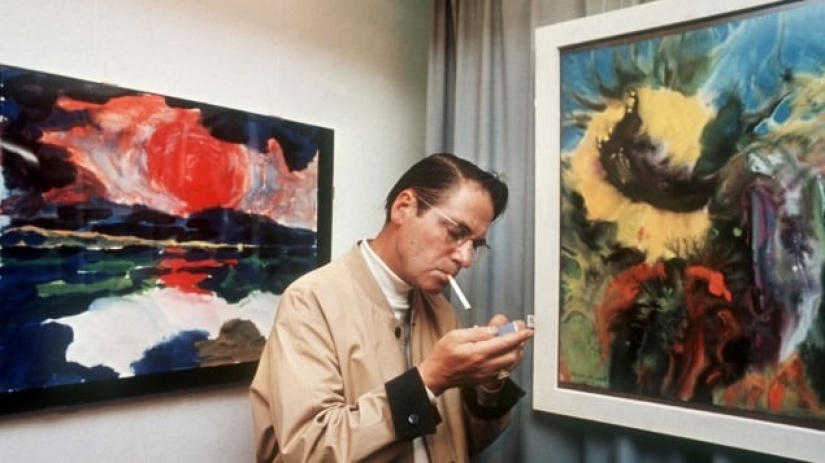
His works were so good that the locals confused them with the originals. They were glad that the murals were restored. Myatt did not hide the truth, but no one believed that the works of art were his handiwork.
To prove his authorship, the restorer went to extreme measures. He sued himself to confirm the forgery of medieval frescoes.
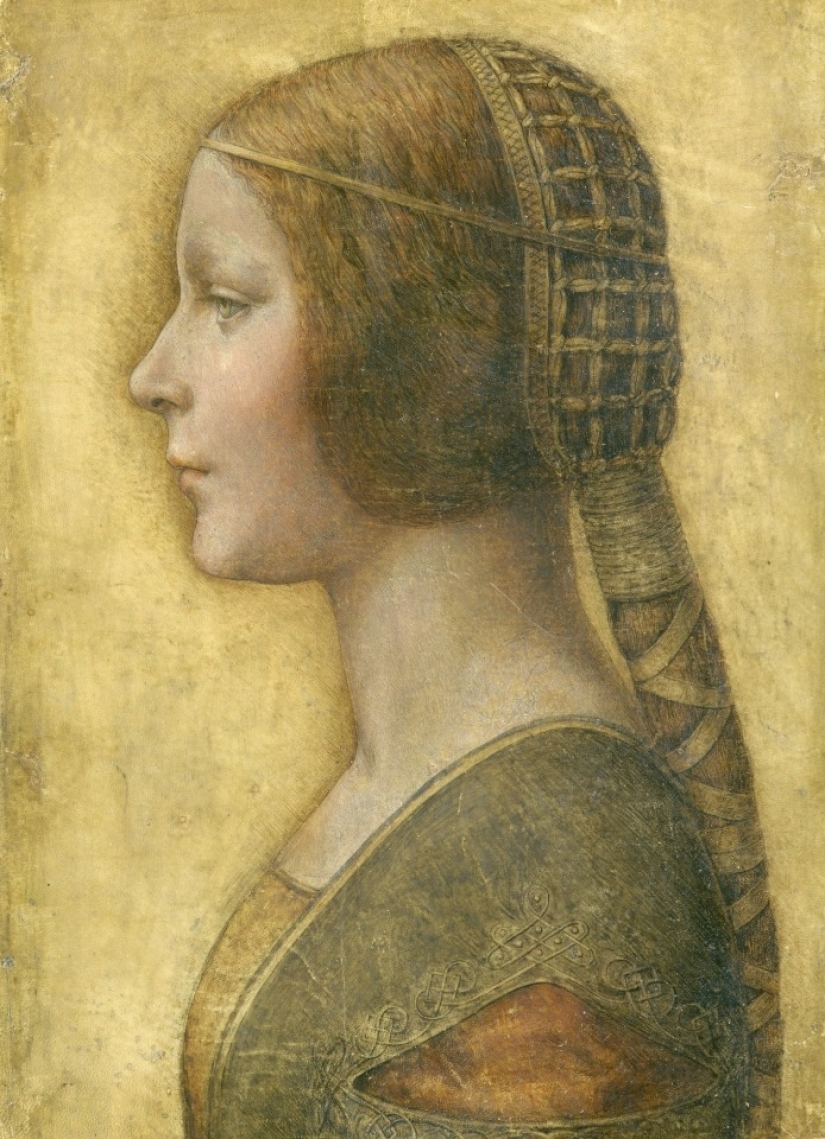
The painting that divided the art world into two camps is called "Portrait of a Woman in profile". Many consider it a masterpiece of Leonardo da Vinci, while others say that it is a skillful fake.
The portrait depicts a woman in profile. For the first time, the work was officially documented in 1998 at an auction. There it was presented as a painting of the 19th century. In 2008, experts came to the conclusion that it belongs to the brush of da Vinci. After that, the painting was exhibited in Italy at a price of 120 million pounds (about 11.8 billion rubles).
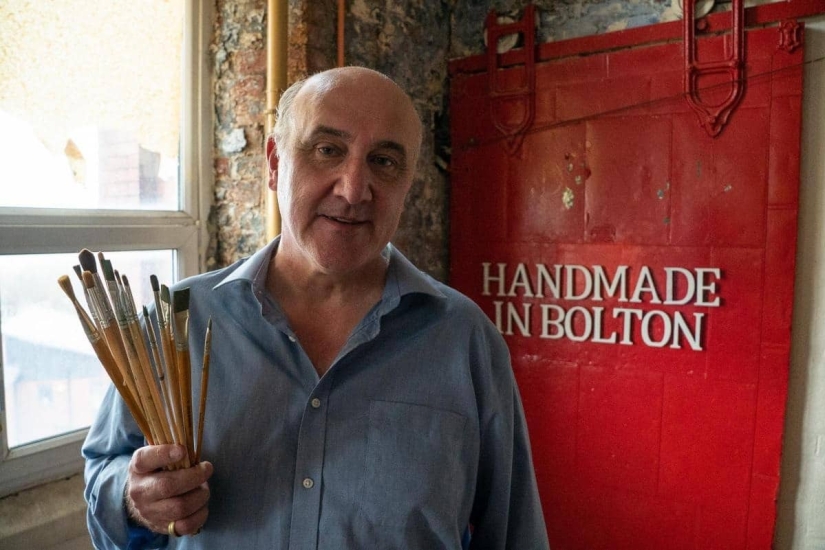
The origin of the masterpiece remains controversial. One of the fraudulent artists, Shaun Greenhalgh, claimed that he had forged the painting.
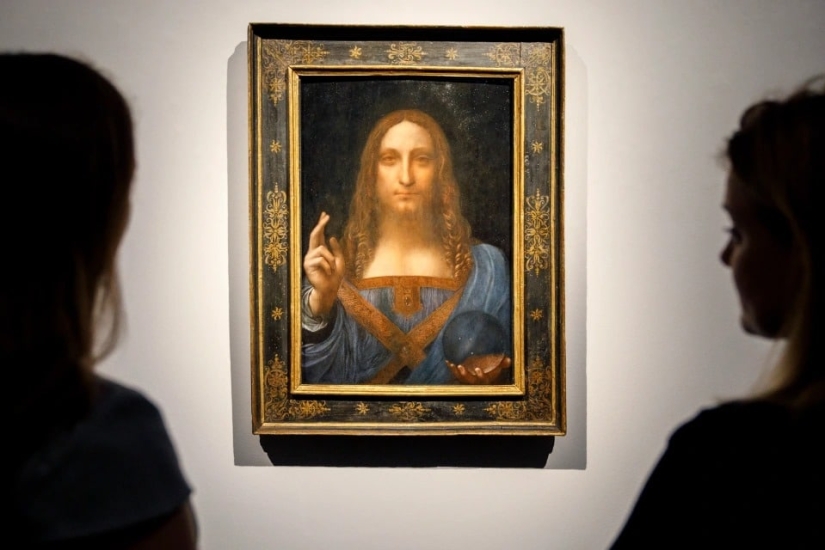
The most expensive painting in the world — Leonardo da Vinci's "Savior of the World" — is also considered by some to be a fake. The portrait of Christ, which is called "Mona Lisa in male form", was sold to the Prince of Saudi Arabia in 2017 for $ 450 million (about 32.8 billion rubles).
The masterpiece was considered lost for a long time, but experts confirmed its originality and the authorship of da Vinci. Later, doubts began to appear that the portrait was connected with the work of the legendary artist. Experts suggest that it was not written by Leonardo Da Vinci, but by his students. Perhaps the genius made only a few brush strokes.
In the era of Photoshop, faking images has become easier than ever. Hundreds of fakes are walking around the Web and many continue to believe them.
Recent articles

If you think that sleep disorders are a problem of a modern person, then you are deeply mistaken. Insomnia has tormented people at ...

People are attracted to everything that is aesthetic and harmonious. And this is completely normal! Well, who does not like to ...

St. Petersburg artist Boris Groh (Groh Boris) paints a grim and mysterious creatures in the dark Russian streets. And they seem to ...